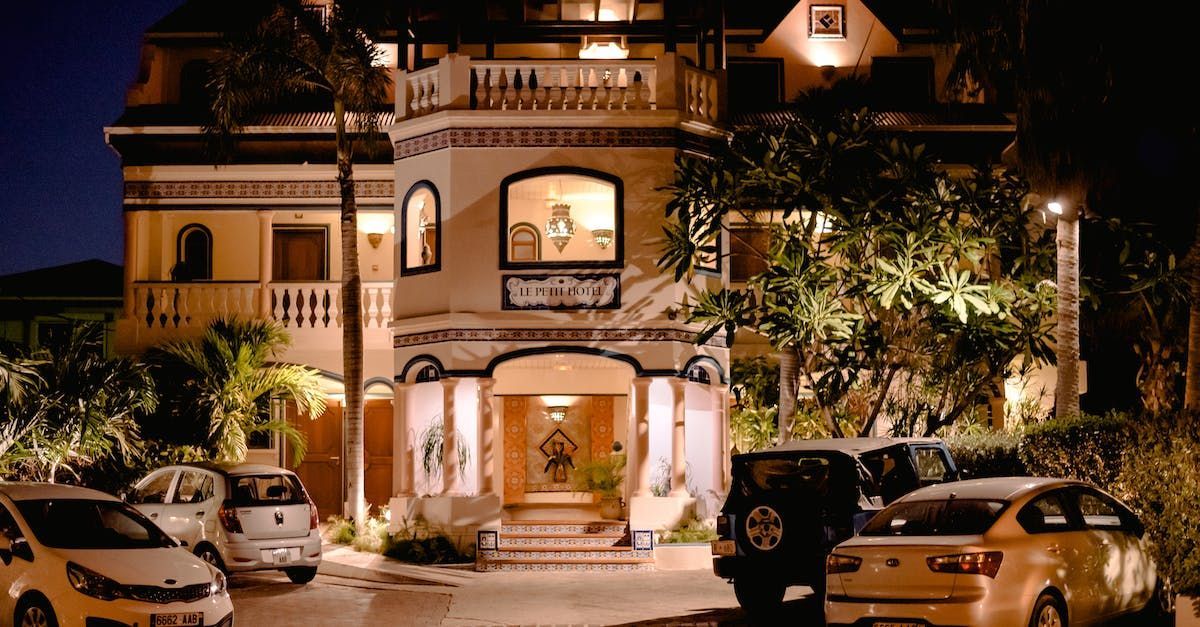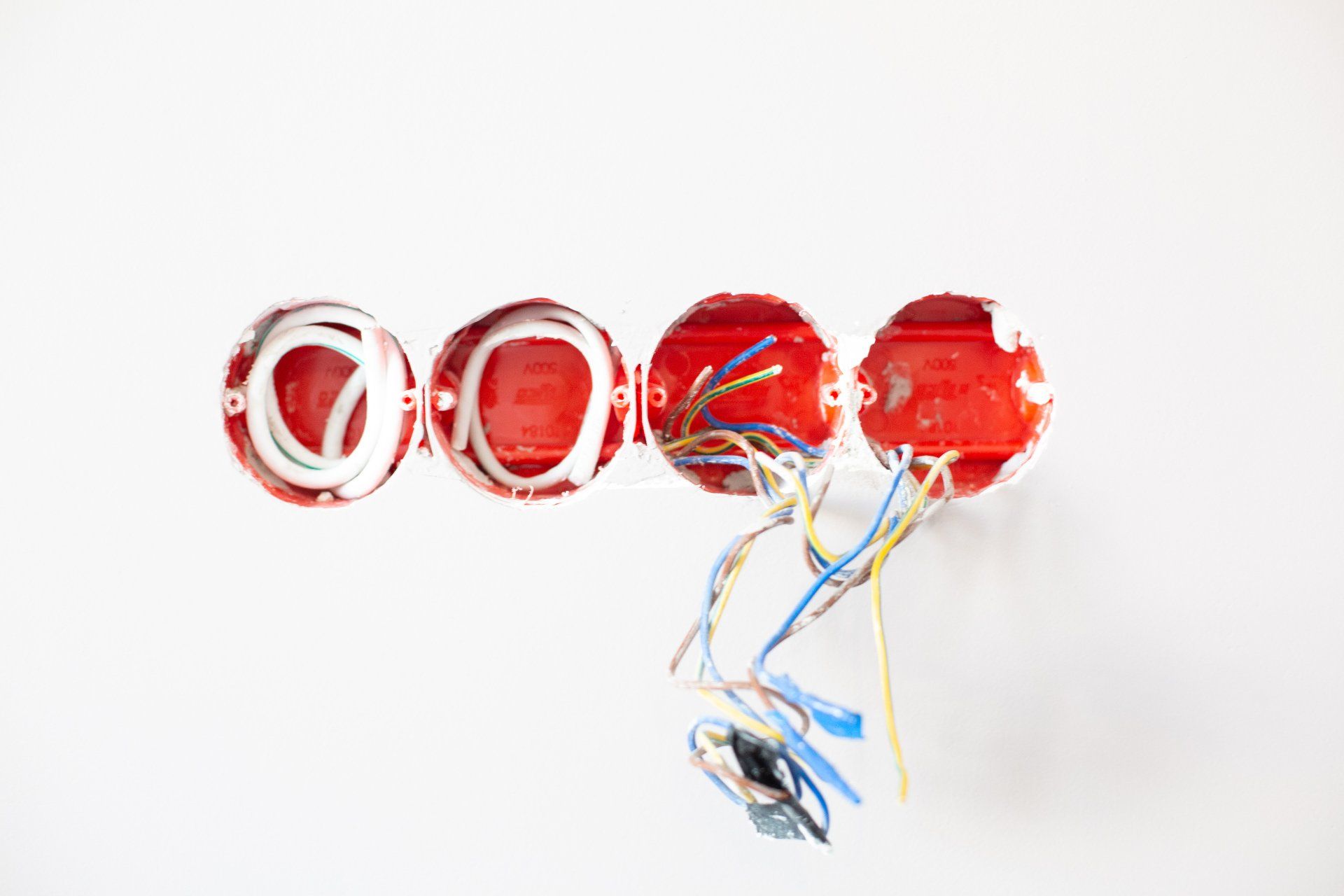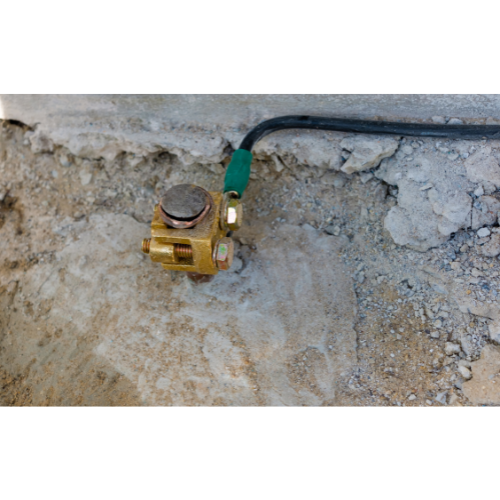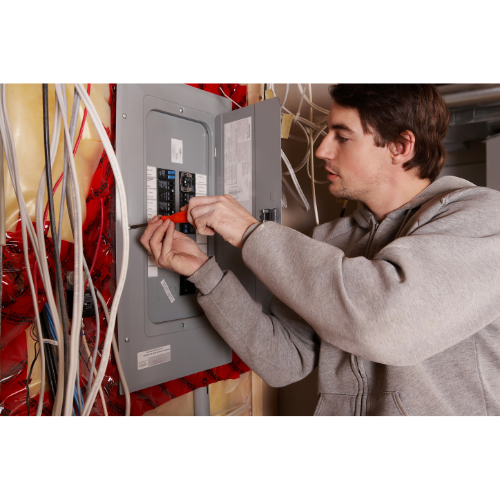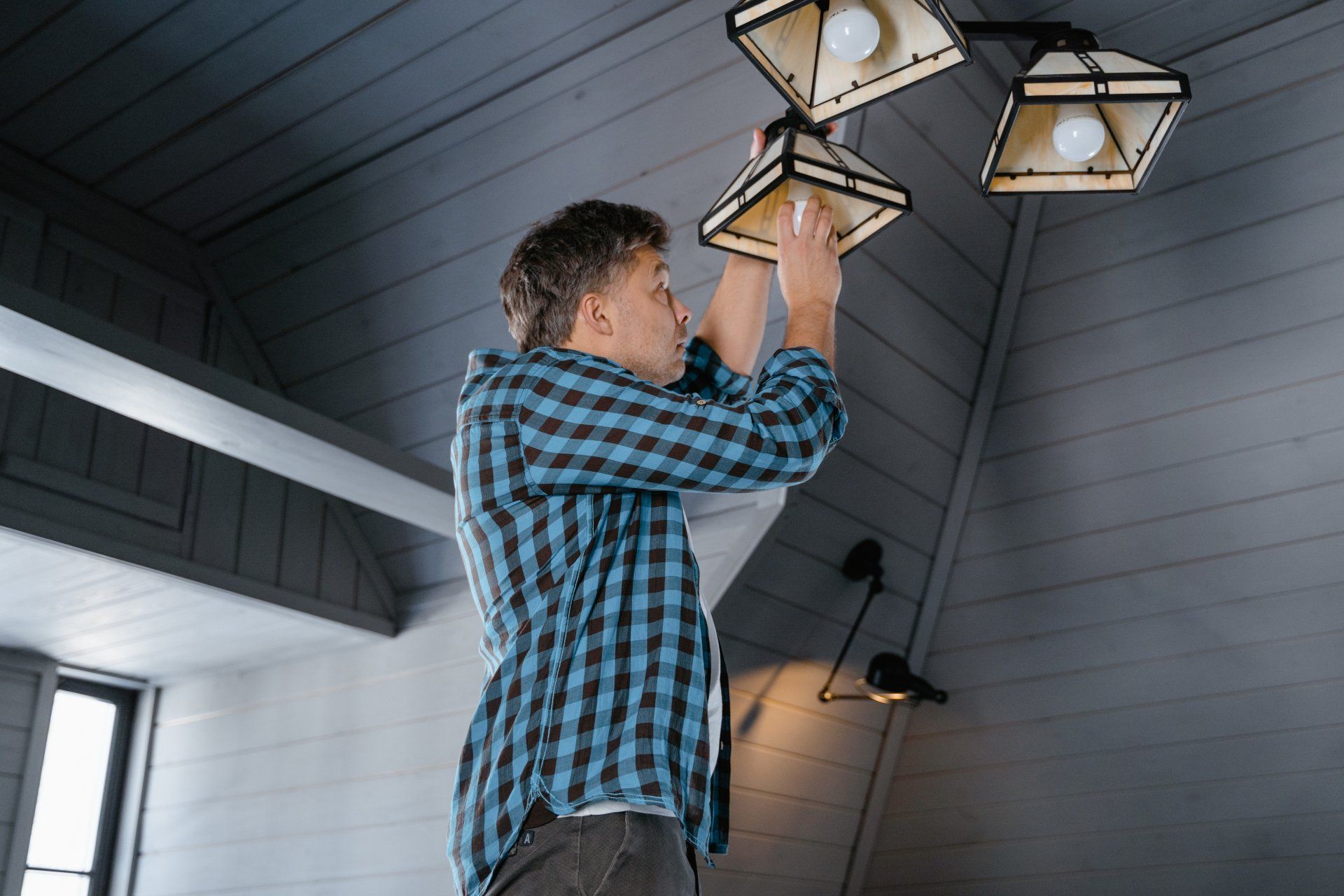Energy-Saving Tips for a More Eco-Friendly Home
10 Simple Energy-Saving Tips for a More Eco-Friendly Home
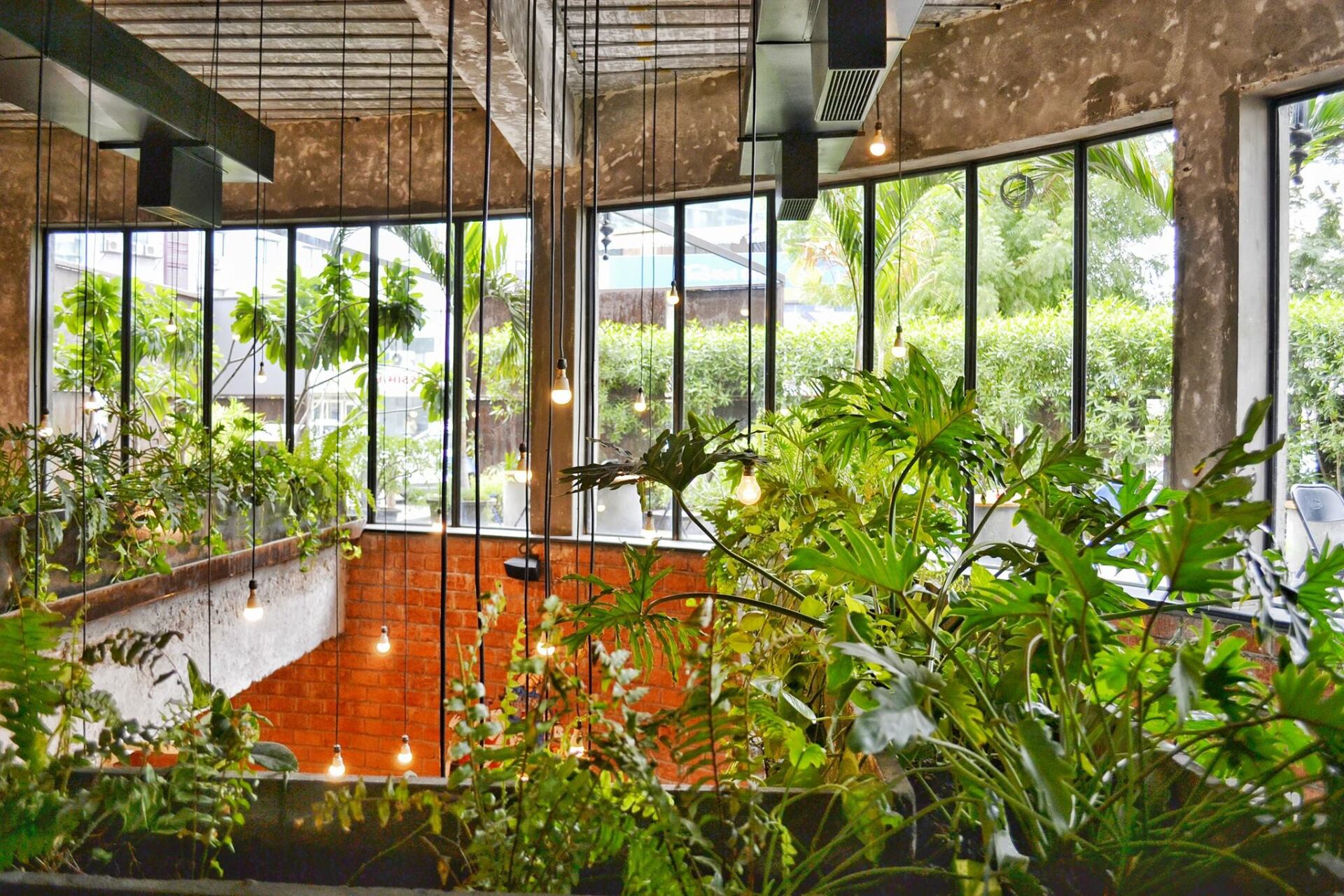
Adopting eco-friendly practices is more important than ever. One area where we can make a significant impact is by reducing our energy consumption at home. Not only does this contribute to a greener planet, but it also helps us save on utility bills. In this blog post, we'll share 10 simple energy-saving tips that you can implement in your home to create a more sustainable and eco-friendly living environment.
Upgrade to LED Lighting:
Switching from traditional incandescent bulbs to energy-efficient LED lights can lead to substantial energy savings. LEDs use significantly less electricity, have a longer lifespan, and provide the same brightness. Replace your most frequently used light bulbs with LED alternatives and watch your energy usage decrease.
Unplug Electronics When Not in Use:
Many electronics and appliances consume energy even when they're not in use. By simply unplugging devices like TVs, computers, game consoles, and phone chargers when they're not being used, you can eliminate this "phantom energy" consumption and save on your energy bill.
Utilize Natural Light:
Take advantage of natural light during the day by opening curtains and blinds. Use this free source of light to reduce the need for artificial lighting. Additionally, consider painting your walls in light colors to enhance the reflection of natural light.
Adjust Thermostat Settings:
Optimize your thermostat settings to conserve energy. Lower the temperature in winter and raise it in summer to reduce heating and cooling needs. Consider installing a programmable thermostat to automatically adjust the temperature based on your schedule and preferences.
Seal Air Leaks:
Identify and seal any air leaks around windows, doors, and electrical outlets. Air leaks can lead to heat loss or gain, causing your HVAC system to work harder. Proper insulation and sealing can improve energy efficiency and keep your home more comfortable.
Use Energy-Efficient Appliances:
When it's time to replace old appliances, opt for energy-efficient models with high Energy Star ratings. Energy-efficient appliances consume less energy while providing the same level of performance. Look for the Energy Star label when shopping for refrigerators, washing machines, dishwashers, and more.
Wash Clothes in Cold Water:
Switching from hot water to cold water when doing laundry can significantly reduce energy consumption. The majority of energy used by washing machines goes toward heating the water. Most modern detergents are designed to work effectively in cold water, so you won't sacrifice cleanliness by making this switch.
Optimize Refrigerator Settings:
Keep your refrigerator and freezer running efficiently by maintaining proper temperature settings. Set the refrigerator between 35-38°F (1-3°C) and the freezer at 0°F (-18°C). Also, ensure the door seals are intact to prevent cold air from escaping.
Plant Trees for Natural Shade:
Strategically planting trees near your home can provide natural shade during hot summer months. The shade helps keep your home cooler, reducing the need for air conditioning. Additionally, trees contribute to overall environmental well-being by absorbing carbon dioxide and producing oxygen.
Educate and Involve Your Family:
Spread awareness and educate your family members about the importance of energy conservation. Encourage everyone to adopt energy-saving habits and actively participate in reducing energy waste. Small actions, when multiplied, can have a significant positive impact on the environment.
By implementing these 10 simple energy-saving tips, you can make your home more eco-friendly while reducing energy costs. Small changes in daily habits and energy consumption can add up to significant savings over time and contribute to a healthier planet. Start today, make a difference

